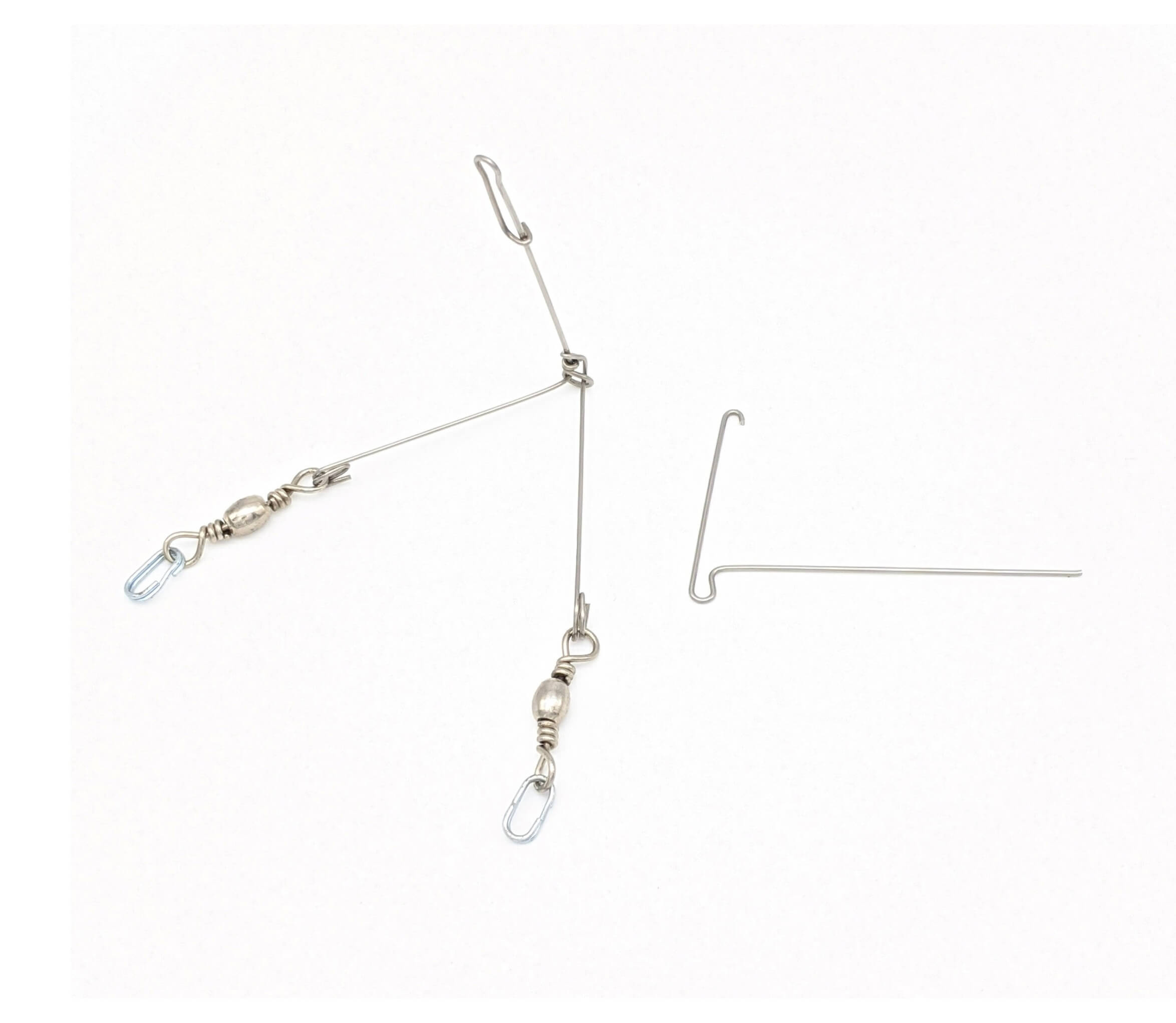Get unique, complex parts easily. No matter your requirements, Chaoyi Spring creates hard-to-produce coil springs and wire forms.
Let us help you create the custom wire form you need, from S-hooks and J-hooks to utility hooks and more.
We work closely with customers across a wide range of industries, helping them design and manufacture made-to-order parts.
Why choose Chaoyi Spring? We prioritize customer-focused collaboration, modern equipment and the latest technology to make your parts per print.
Find the information and guidance you need, from measuring a spring to learning about materials, placing an order and much more.
When it comes to the crucial component that powers your garage door, the choice between torsion and extension springs might seem daunting. Both options serve the same purpose – lifting


When it comes to the crucial component that powers your garage door, the choice between torsion and extension springs might seem daunting. Both options serve the same purpose – lifting and lowering your garage door – but they operate in significantly different ways. Understanding the nuances of each type is essential to ensure you select the best spring system for your specific needs and garage door configuration. This article delves into the mechanics, pros and cons, and factors to consider when deciding between torsion and extension springs for your garage door.

Torsion springs, often described as the heart of a garage door system, are a marvel of engineering. These powerful springs are coiled tightly around a shaft located above the door opening, often hidden behind a metal drum. As you pull the door opener handle, the shaft rotates, unwinding the spring and storing energy. This stored energy is then released when you close the door, effortlessly lifting it back into place.
Extension springs, in contrast to their torsion counterparts, work through a much simpler mechanism. They are typically situated on either side of the door, attached to the door frame and the door itself. As you pull the opener handle, these springs stretch, absorbing energy that is released when the door closes. While extension springs are generally considered less expensive than torsion springs, they come with their own set of drawbacks.
Here's a more detailed comparison of these two garage door spring types, highlighting their strengths and weaknesses:
The decision of whether to use torsion or extension springs ultimately depends on various factors:
While this guide offers a comprehensive overview of torsion and extension springs, it's crucial to remember that garage door maintenance is a complex task. If you're unsure about the best spring system for your garage door, or if you need professional installation or repair services, it's always advisable to consult with a qualified garage door specialist. They can assess your specific needs, recommend the appropriate system, and ensure that your garage door is installed and maintained safely.
Choosing the right spring system for your garage door is a crucial decision that impacts both its functionality and safety. While extension springs offer an economical option, torsion springs stand out with their power, durability, and enhanced safety features. Ultimately, the best choice depends on your individual needs, budget, and the characteristics of your garage door. Remember to prioritize safety and seek professional assistance for any complex garage door installations or repairs.
Browse some of the custom wire forms and springs that we manufacture. Don’t see what you need? We specialize in made-to-order products that meet your application requirements.
Visit Our GalleryNeed a custom wire form or coil spring? We make it work. Fill out the contact form and a representative will respond within 1 business day. If you have a PDF or CAD file, you can submit to request a quote.